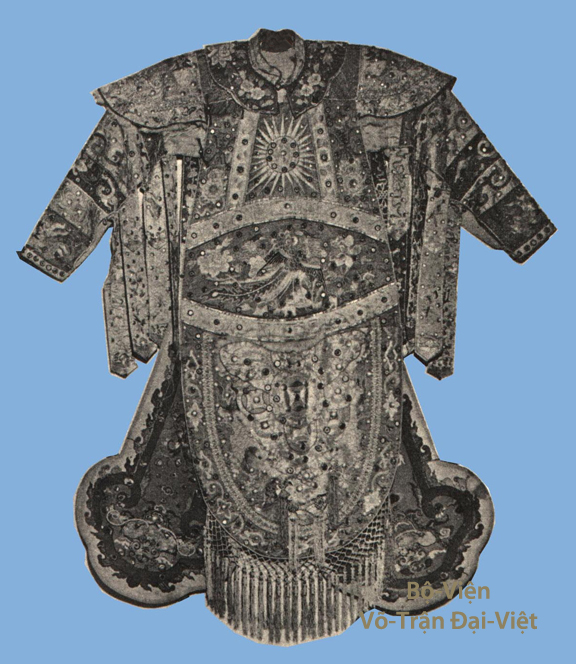"A man's greatest work is to break his enemies, to drive them before him, to take from them all the things that have been theirs, to hear the weeping of those who cherished them."
-CHINGIS KHAN
This post will reflect upon the strategies and equipment of the Mongolian military under Chingis (Genghis) Khan, a name feared by thousands, and recognized by thousands today.
Historians have suggested that the Mongolian military superiority was due to their overwhelming numbers. However we have new information that shows that this stipulation is incorrect. It is also believed that assertions of Mongol numerical superiority were an excuse for European inferiority when fighting against the Mongols in the battlefield. Considering their warrior philosophy, and integral maneuvers, there is little doubt that the Mongols proved superior to all those whom they met in battle.
Quality, not quantity, was the key to the incredible unbroken line of Mongolian military successes. Although supreme command lay in the hands of the Supreme Khan, the high Mongol principle of promotion to posts of leadership and authority was on the basis of ability alone. This concept was introduced and enforced by Chingis Khan, and it resulted in an unmatched quality of troops from the ordinary soldiers to the top command. Thus, leaders at every level could always be entrusted with a high degree of independence in the decisions and in the execution of the different moves and operations.
Self-sufficiency was of paramount importance on the field, in addition to the indispensable knife an awl, needle and thread were carried by each rider, to enable quick and effective repair of almost any type of equipment in the field.
The Mongol warrior used to wear Chinese silk underwear, if it could be obtained. A person might not normally consider underwear to be military armor, but silk is a very tough substance. If arrows are fired from a long distance, they will not easily penetrate the silk, and should they penetrate the skin, the silk may be used to draw the arrow out of the wound. The silk would also prevent poison from entering the bloodstream. Outside the normal clothes, the warrior carried a protective shield of light yet effective leather armor, which was impregnated with a lacquer-like substance in order to make it more impervious to penetration by arrows, swords and knives, make it more resistant to humid weather.
Often their horses also carried this type of leather armor, along with saddles and stirrups, allowing the rider to fight from the saddle.
Each warrior carried a battle-axe, a scimitar, a lance, and two versions of their most famous weapon; the Mongol recurve bow. One of the two bows was light and could be fired rapidly from horseback, while the other was heavier and designed for long-range use from the ground. This heavy bow had an average draw weight of 166 pounds, much more than the strongest contemporary European longbow. As could be expected, the troops had several quivers each; some were filled with arrows suitable for use against warriors or horses at closer ranges, while another quiver held arrows for penetration of armor on long-range shots. Each rider had a sharpening stone for keeping the metal arms in top shape.
The principle of independence and self-sufficiency, applied as far as possible to individual warriors. All were equipped with a full set of tools and spare parts: a lasso, a kettle, a bony needle and sinews. In addition to this he carried a waterproof leather bag which kept clothing dry, and which could serve as a swimming belt during the crossing of great rivers. For food, the warriors carried a ration of dried meat, as well as fermented and/or dried milk. And should the need arise, the riders would cut open the jugular veins of a horse, and drink their blood. On a military campaign, each rider had from one to five reserve horses.
References:
http://en.wikipedia.org/wiki/Huns




Yet again an enlightening post. The Mongolian military has truly often been sidelined by the persona of Hollywood and the tame history book accounts as being a rabid horde that poured over the earth. You have elected to show the reality of the subject however, and yet again I commend you for doing so. The Mongolian military, in both structure and training, was truly a force that revolutionized military concepts in a way that to this day still has not been fully integrated into today's military forces. Promotion based on ability is one such concept that has still yet to be fully implemented throughout the world.
ReplyDeleteThere are some concepts that seemed to have passed on however. Self-sufficiency while in the field can be seen in today's militias, rebels, guerrillas, and the special operations forces of various countries. The point of Mongolian warriors keeping a needle to repair their gear reminds me of a fact I learned about Soviet Motorized Riflemen. Each of them would carry a spool of thread and a needle within their Pilotka side caps, in order to repair their uniforms and change the collar liners they wore.
The array of weaponry a Mongolian cavalryman carried into battle is a concept that today's warriors can find hard to replicate. From close range to long range, they were skilled at adapting to battlefield scenario changes at a time where the world was evolving rapidly.
One can only imagine what may have happened had the Mongolian Empire continued its march across the globe. Perhaps military concepts today would be radically different.